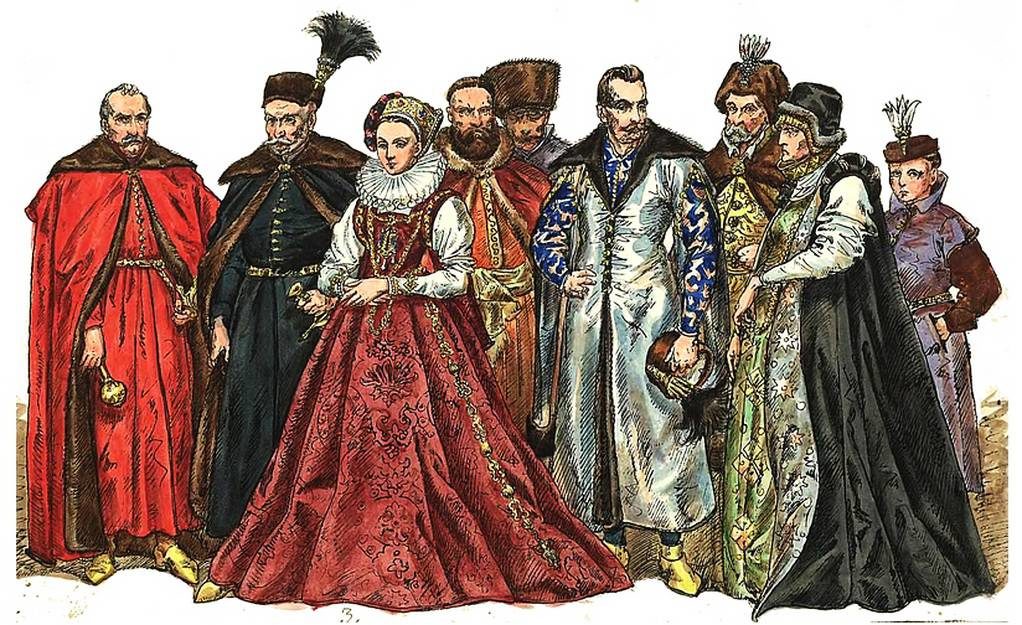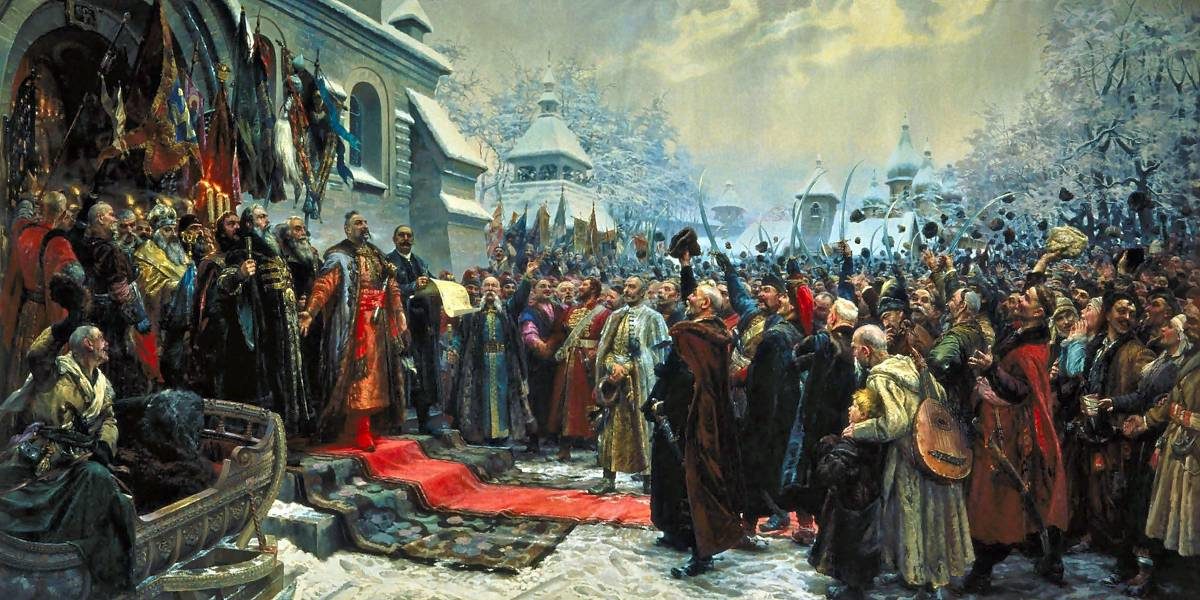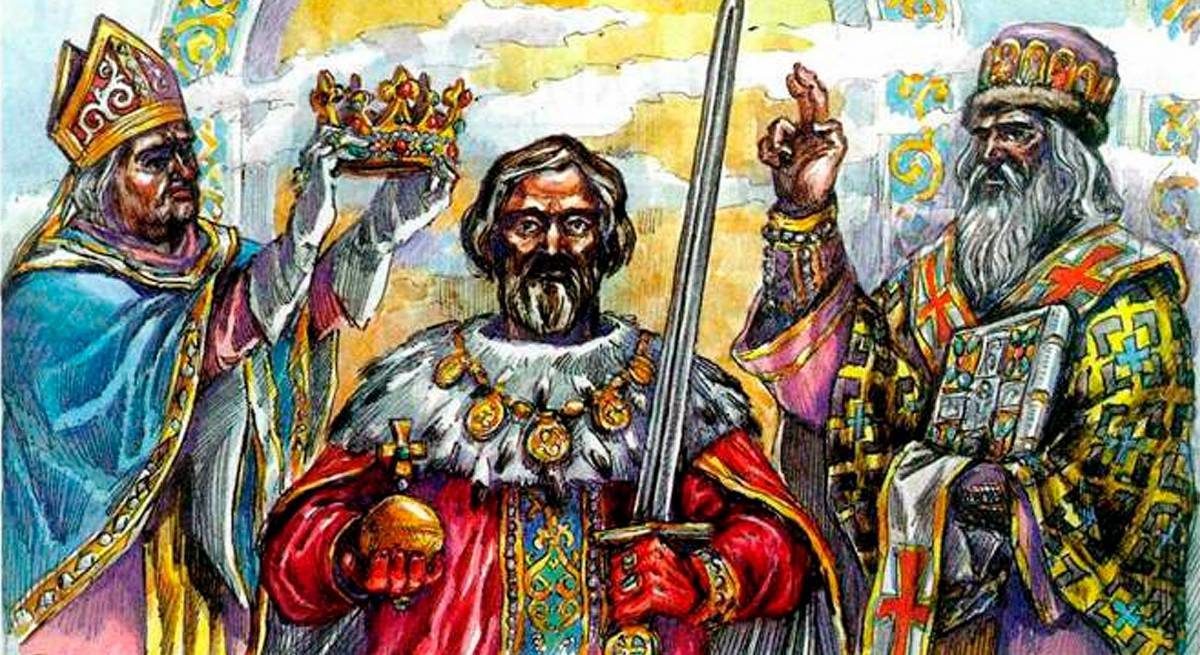Understanding the historical backdrop to this, going back hundreds of years, is critical to understanding what is happening today in the region, especially to understanding relations between Poland, Ukraine, Belarus, and Russia.
Galicia was part of Kievan Rus' dating back to the year 1,000. For almost 700 years it was under the control of Poland or Austro-Hungry.
A migration to the United States took place from there in the late 1890s and up to the onset of WWI in 1914. At that time Galicia was part of the Austro-Hungarian empire from 1773 to 1918.
The Austro-Hungarian empire took over Galicia from Poland in 1773 as part of the portioning of Poland by Russia, Germany and the Austro-Hungarian empire. At the end of WWI in 1918 the Austro-Hungarian empire was broken up. The Curzon line was established by Lord Curzon to accurately demark the boundaries between Polish and Ukrainian populations.
During the Russian revolution in 1918, Poland attacked and moved their border east of the Curzon line by about 130 miles thereby enslaving 6,000,000 Ukrainians/Russians/Byelorussians for a period of about 20 years until the onset of WWII.
A small but influential group of people contributed to the conflicts over the centuries. They were the Szlachta (pron: ShlAKH-ta) and their Jewish financiers. Szlachta were the wealthy Polish landlords whose actions and lifestyle contributed to much of the turmoil in the 16th century until 1939.
When the Red Army moved into Galicia in 1939, the Szlachta were eliminated for good. This happened when the local Ukrainian population took revenge against the Szlachta , some were executed by the KGB and others shipped off to Siberia.
The Jewish population perished in WWII at the hand of the Nazis. The Szlachta and their Jewish financiers and their actions had much to do with what happened to Poland in what has been described as the "Paradise of Nobility & Jews" period.
This period came to an abrupt end in 1939 when the Szlachta was wiped out by Red Army and soon afterward the Jews by the German army. The peasants of all nationalities (including Poles) lived in POVERTY.

The Jewish alliance with the Szlachta remained constant. The Ukrainians denounced the Jews as the selected accomplices of the Szlachta . This was long before the Nazi Holocaust. This information comes from a noted historian who wrote a 2 volume book about the history of Poland.
The Ukrainian conflict with Poles and Jews is centuries old. An example of Ukrainian rage was the Cossack-led Koliyivshchyna battles in 1768/1769 against the Szlachta and Jews in which over 100,000 were killed.
Poland came back into existence in 1918 after being divided between Russia, Germany, and Austro-Hungry starting in the 1700s for about 150 years. In the 1600s Poland was militarily aggressive having invaded Moscow twice. The first time being 1610. In addition, the Polish forces starting in the 1500s controlled a large part of the Ukraine up to the area of Kiev which has been the capital of the Ukraine back to the start of the Kievan Rus' in about the year 990.
The dismemberment of Poland in the 1700's was a result of Poland's aggressive behavior in the previous centuries. There were 3 divisions of Poland in the 1700's The first 2 involved taking back Russian, Ukrainian and Byelorussians territory that Poland had occupied. It is only the last partition in 1795 that the Russians took over truly Polish lands.
The repressions by the Russians were less than the Poles inflicted on Russians, Ukrainians and Byelorussians when they occupied their lands. While Poland held the upper hand, in 1596, they imposed the Uniate Catholic religion on the Ukrainians.
"You can still have your Slavonic Orthodox liturgy, your priests can be married, but you must accept the Pope as your supreme leader." The same dictate was imposed on the Galician's when under the Austro-Hungarian rule. What the Poles inflicted on others in their heydays of the 1500's and mid-1600s, resulted in their being partitioned in the 1700s for a period of about 150 years.
When I speak of the Poles, I do NOT include the masses of the Polish population, they are just like any other population. I speak ONLY of the Polish Szlachta (landowner gentry). These are the landowner Polish gentry that lorded over as many as they could, for as long as they could. Their unraveling started in 1648 when the Cossack Bohdan Khmelnitsky led his forces against the Polish Szlachta and their Jewish financiers and inflicted heavy casualties on these 2 groups.
During WWII, there was a Khmelnitsky medal for valor issued by the Red Army. Jews refused this medal. One needs to know that in the 19th century 80% of the world's Jews lived in the Pale of Settlement that included Poland, western Ukraine and Belarus and surrounding areas. They were not biblical Jews but simply a tribe of Khazar Turks that converted to Judaism about 1,000 years ago.
Orthodox Christians had to pay rent to Jewish merchants to attend their own churches. What happened to the Szlachta also happened to the Polish nation.
Khmelnitsky aligned his forces with Orthodox Russia from which he and the Ukrainian people gained support to this day.

The Austro-Hungarian empire lasted for several hundred years until it fell apart in 1918 and the end of WWI. During that time the majority Slavic population were treated as second-class citizens.
Vienna was a happy city. Most of the Ukrainians ( many call themselves Russian or made no distinction between Russian or Ukrainian and the term Halychyna Rus was common). were happy to move on to America and seek a new life.
In so doing they avoided the tragedies that befell those who remained in Europe during the two World Wars.
Between WWI and WWII, the Galician's were ruled by a Polish fascist military dictatorship. This dictatorship was in negotiations with the Japanese in the early 1930s with plans to invade the Soviet Union. Japan invaded China in 1931. Japan fought a war with the Soviet Union in 1938 on the border between Manchuria and Mongolia. The Japanese were defeated.
Simply, the Ukrainians were oppressed to the point that they killed the Polish Interior minister and other Polish officials. In the years between 1918 to 1939, the Poles sent in hundreds of thousands of Polish "settlers" with the intent of eventually getting rid of the Ukrainians from lands they have lived on for a thousand years. The Polish leaders spoke openly of expelling every Ukrainian from Polish occupied Galicia. Ethnic cleansing in today's terminology.
In September 1939 Galicia was liberated by the Red Army and remains part of the Ukraine to this day. What happened in Galicia from the time of their liberation from Polish rule in September 1939 and the onset of WWII when the Germans attacked the Soviet Union in June 1941 and their eventual liberation from the Nazi's in 1944 needs clarification and quantification.
From mid-September 1939, when the Soviet army liberated Galicia, to mid-June 1941 when Germany invaded the Soviet Union, corrections had to be made to the Polish rule. In this 21 month period, the wrongs inflicted on the Galician population from 1921 till 1939 had to be and were corrected. Sentences were carried out and some 200,000 Poles were deported to Siberia. The Soviets encouraged revenge against the Polish landlords and state officials. Between 1939 and 1941 tens of thousands of Poles fled West Ukraine to the Nazi General Government.
War with Germany was on the horizon and getting rid of potential collaborators had to be done. No doubt there were errors in the sentences, but when the Germans attacked in June of 1941, the Germans found few collaborators. So the purges carried out from September 1939 to June 1941 were effective. The Soviets won World War II in Europe almost single-handed.
Much has been made of the massacre at Katyn where 4500 Polish officers were executed by the Soviets. The Russians took 400,000 Polish soldiers captive. 380,000 continued to fight for the Allied cause in WWII, some under the command of General Anders and General Berling. Six Polish divisions were part of the Red Army that took Berlin. The 20,000 "unaccounted for" were reserve officers who in civilian life were public officials, police and other professional people the Russians had good reason not to trust. All were sworn enemies of Soviet authorities and full of hatred of the Soviet system. They had to be eliminated.
The Soviet system won WWII in Europe almost single-handedly. No one speaks of what happened to the Polish army that the Germans captured. WHY? Nor the 5,000,000 citizens that were killed in WWII. 3,000,000 Jews killed is well known. But the 2,000,000 Poles killed by the Germans is given little or no acknowledgment.
In the 3 year period from June 1941, when the Germans invaded the Soviet Union, to June 1944, when they were driven out, there was much turmoil in Galicia among various factions of Ukrainians, Poles and Jews. The German army moved through Galicia quickly in 1941 and was expelled from there quickly in 1944. During the war, there were 3 Slavic countries in which small segments of the population collaborated with the Nazi's. Complicit in this activity was the Catholic Church and clergy.
The Ustashe (Fascists) in Croatia ( cardinal Stepanic and the Franciscan order), Monsignor Tiso in Slovakia who was executed after the war and Ukrainians. The leaders of the Ukrainian collaborators were children of Ukrainian Catholic priests. There were about 30,000 collaborators and several hundred thousand sympathizers out of a population of 5,000,000. The reasons why some Ukrainian people collaborated vary. Some were forced to do so or face death, others looked upon this as an opportunity to rid themselves of Polish rule and some did it out of anti-Semitic feelings.
The leaders of the collaborationists looked upon this as an opportunity to assert themselves and gain control which they never had under Polish rule. That was understandable. Germany would help them achieve their aspirations. Simply put, the collaborators were WRONG.
As the war turned against Germany, they had to change their outlook. Neither Poland or Germany had any good intentions for the people of Galicia or the Ukraine. The turbulence experienced by the Galician's during this period were horrific. When liberated by the Red Army in 1944, for the first time in about 700 years the people of Galicia were reunited with the entire Ukraine as they had been in the times of Kievan Rus'. Foreign domination ended!
However, west of the Polish/Ukrainian border established at the end of WWII the Ukrainian population continued to suffer under Polish rule. Ukrainians were being driven off the lands they have occupied for a thousand years. Ukrainians were a demographic majority in many areas in southeast Poland west of the border established after World War II from a depth of 20 to 30 miles and a stretch of about 120 miles.
Cities currently west of the border such as Yaroslav, Peremyshl, Przeworsk, Sienawa and Sanok were ancient towns that were part of Kievan Rus'. For centuries these cities and towns were populated by Ukrainians /Russians. The Carpatho-Russians (sometimes called Rusyns) always had a strong feeling for Russia as their protector.
In the spring of 1945, many of these Ukrainians had no choice but to be repatriated to the Soviet Ukraine. Soviet authorities took the necessary steps to relocate these people into villages inside the Ukraine. Ukrainians were forced to leave their native cities and villages and went into the Ukraine.
During the entire period of "repatriations" from October 1944 to June 1946, 482,000 Ukrainians departed to the Soviet Union from areas west of the border. These numbers are from a recent book.
The Polish state murdered & criminalized the Ukrainian population and set about redistributing the properties it had taken from resettled Ukrainians in southeast Poland which included churches.
So ended the one thousand years of continuous Ukrainian settlement in ancient Kievan Rus' cities and towns that are now under Polish rule.
REFERENCES
BLOODLANDS Europe between Hitler & Stalin by Timothy Snyder. Publisher: Basic Books
GODS Playground, History of Poland (2 volumes) by Norman Davies. Columbia University Press
Curzon Line, from Bing Web Search or Wikipedia
Operation Vistula from Bing Web Search




"[...] All were sworn enemies of Soviet authorities and full of hatred of the Soviet system. They had to be eliminated."
Yeah, behind all mass murders stands some kind of logic. That tells a lot about the author's mindset.